Multiwavelength constraints on the origin of a nearby repeating fast radio burst source in a globular cluster
- PMID: 39866549
- PMCID: PMC11757153
- DOI: 10.1038/s41550-024-02386-6
Multiwavelength constraints on the origin of a nearby repeating fast radio burst source in a globular cluster
Abstract
The precise origins of fast radio bursts (FRBs) remain unknown. Multiwavelength observations of nearby FRB sources can provide important insights into the enigmatic FRB phenomenon. Here we present results from a sensitive, broadband X-ray and radio observational campaign of FRB 20200120E, the closest known extragalactic repeating FRB source (located 3.63 Mpc away in an ~10-Gyr-old globular cluster). We place deep limits on the persistent and prompt X-ray emission from FRB 20200120E, which we use to constrain possible origins for the source. We compare our results with various classes of X-ray sources, transients and FRB models. We find that FRB 20200120E is unlikely to be associated with ultraluminous X-ray bursts, magnetar-like giant flares or an SGR 1935+2154-like intermediate flare. Although other types of bright magnetar-like intermediate flares and short X-ray bursts would have been detectable from FRB 20200120E during our observations, we cannot entirely rule them out as a class. We show that FRB 20200120E is unlikely to be powered by an ultraluminous X-ray source or a young extragalactic pulsar embedded in a Crab-like nebula. We also provide new constraints on the compatibility of FRB 20200120E with accretion-based FRB models involving X-ray binaries. These results highlight the power of multiwavelength observations of nearby FRBs for discriminating between FRB models.
Keywords: Compact astrophysical objects; High-energy astrophysics; Time-domain astronomy; Transient astrophysical phenomena.
© The Author(s) 2024.
Conflict of interest statement
Competing interestsThe authors declare no competing interests.
Figures




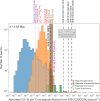

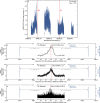
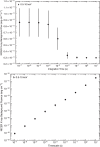
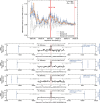
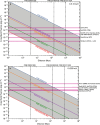
References
-
- Lorimer, D. R., Bailes, M., McLaughlin, M. A., Narkevic, D. J. & Crawford, F. A bright millisecond radio burst of extragalactic origin. Science318, 777–780 (2007). - PubMed
-
- Cordes, J. M. & Chatterjee, S. Fast radio bursts: an extragalactic enigma. Annu. Rev. Astron. Astrophys.57, 417–465 (2019).
-
- Platts, E. et al. A living theory catalogue for fast radio bursts. Phys. Rep.821, 1–27 (2019).
-
- Kulkarni, S. R., Ofek, E. O., Neill, J. D., Zheng, Z. & Juric, M. Giant sparks at cosmological distances? Astrophys. J.797, 70 (2014).
